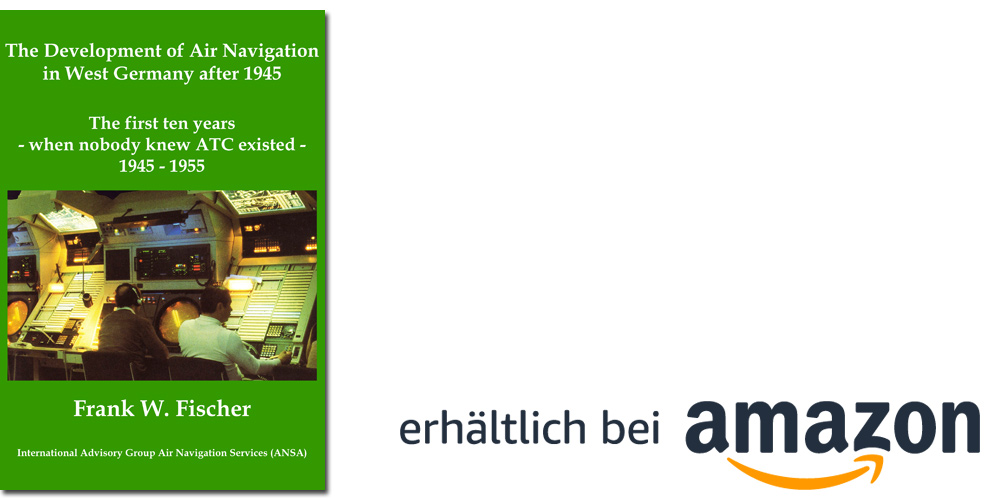
The Influence of ICAO and NATO on the Air Navigation System
Today’s safety and regularity in international air transport, taken for granted since long, is the result of a comprehensive worldwide cooperation between governments and airline companies. As an organization on governmental level ICAO has contributed significantly to this cooperation. By coordination, the establishment of standards and the issuance of recommendations as well as technical information on a global scale ICAO has created the preconditions for an international integration of air traffic. But, how did that happen?
The first efforts to come to international agreements on the cooperation in air traffic had been initiated in 1919 during the Versailles Peace Treaty and led to the signing of the International Convention on Aviation (Air Navigation) by 33 states. But the 2nd world war caused a basic change in the situation of air transport.
Technical progress achieved during the war and the willingness for international cooperation existing after the war led to a re-organization of civil aviation on the basis of the initiative of the USA. As already mentioned, in December 1944 the formation of the Provisional - ICAO had been concluded, which should become an international organization with legal capacity on April 4, 1947, such as a few other international organizations also (ITU, WMO, etc.), as a special agency of the United Nations.
In the field of air navigation PICAO continued with the previous activities of ICAN. The PICAO Council formed various subcommittees dealing with technical subjects in order to bring into conformance the Chicago results with the own recommendations, such as the implementation of two (English and French) and then three international aviation languages, English, French and Spanish.
Between 1945 and 1953 the AACS Service of USAF and the Signal Corps of BAFO took care of the required communication installations, message and operating procedures between the air defense units and the air traffic services centres at Bad Eilsen, Frankfurt/Main and Munich, at the beginning mostly by teletype and radio telegraphy, later on also by means of telephone landlines.
Especially in South Germany, where as of 1955 an air defense and identification zone (ADIZ) had been established (only in 1957 was the ADIZ extended to the north up to the Baltic Sea), a message on each flight of airlines of the eastern bloc, i.e. the COMECON countries, had to be forwarded to the air defense stations.
Read More:
The Development of Air Navigation in West Germany after 1945
Vol 2, The first ten years - when nobody knew Air Traffic Control (ATC) existed
Grayscale Print: https://www.amazon.de/dp/1537020463
Colour Print: https://www.amazon.de/dp/1537020420